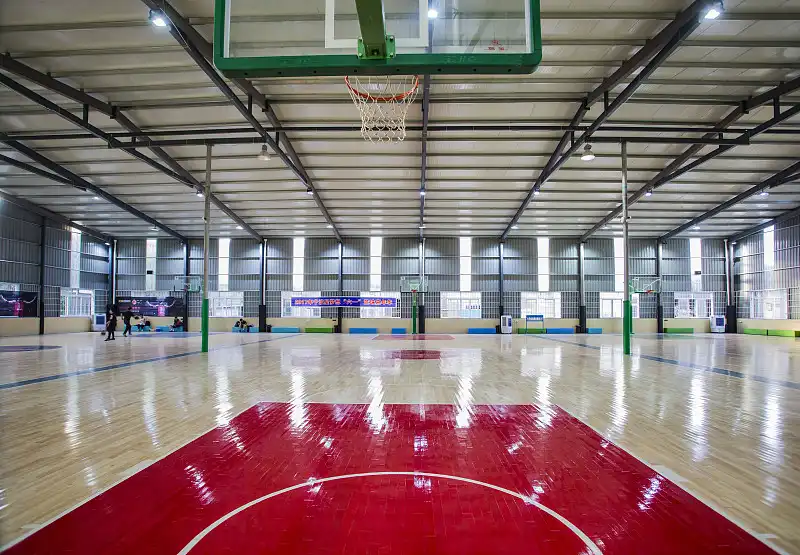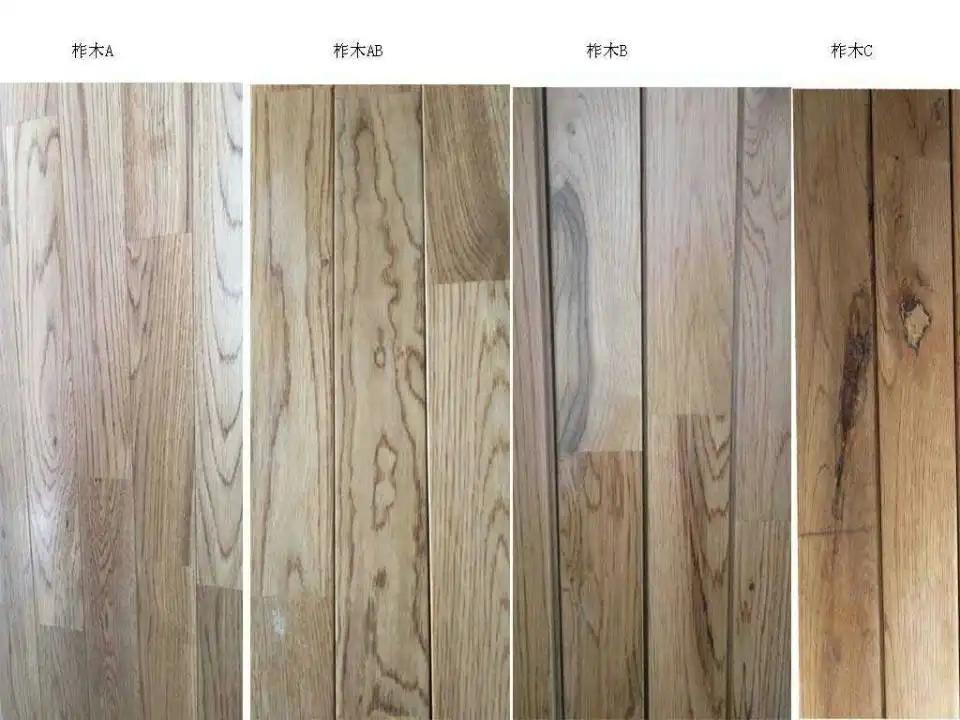Debunking Common Myths About Sports Hardwood Floors: Separating Fact from Fiction
When it comes to sports hardwood floors, there’s no shortage of myths and misconceptions. Whether you’re designing a gym, a multi-purpose sports facility, or a smaller recreational space, it’s essential to get the facts straight before making a decision. Too often, outdated or inaccurate information can steer potential buyers in the wrong direction. Let’s take a closer look at some of the most common myths about sports hardwood floors and clear up the confusion.
Myth #1: Sports Hardwood Floors are Only for Professional Sports Venues
One of the most widespread myths is that hardwood floors are only suitable for professional sports arenas or gyms. While it's true that these floors are commonly found in high-performance settings, they are also an excellent choice for a variety of other spaces, including community centers, schools, fitness clubs, and even small recreational gyms.

Fact: Sports hardwood floors are incredibly versatile and can be customized to meet the needs of various environments. Thanks to advances in design and installation technology, they are now more affordable and accessible than ever, making them a smart investment for any facility looking to improve safety and performance.
Myth #2: Wood Floors Are Too Expensive for Small Venues
It’s not uncommon to hear that sports hardwood floors are only viable for large-scale venues with substantial budgets. Many people assume that the cost of installation and maintenance is simply too high for smaller facilities or schools.
Fact: While the upfront cost of a sports hardwood floor can be higher than other options, the long-term benefits often outweigh the initial investment. The durability, performance, and safety offered by wood floors make them a valuable asset for any space, regardless of size. In fact, there are budget-friendly options available, and professional installation services can help you plan a solution that fits your budget.
Myth #3: Wood Floors Require Constant Maintenance
A common misconception about sports hardwood floors is that they require constant upkeep, with frequent refinishing, repairs, and other intensive maintenance tasks.
Fact: While sports wood floors do require maintenance to keep them in good condition, the maintenance needs are not as demanding as some believe. Regular cleaning, occasional refinishing (every 1–3 years), and periodic inspections are usually enough to ensure the floor remains in excellent shape. In fact, many wood floors have finishes that reduce the amount of time and effort needed for upkeep, such as scratch-resistant coatings that make cleaning and maintenance much easier.
Myth #4: All Wood Floors are the Same
Not all wood floors are created equal, and assuming they are could lead to problems down the line. Some people believe that any wood floor will work just fine for sports use, but in reality, the type of wood and finish matter a great deal when it comes to safety and performance.

Fact: When selecting a sports hardwood floor, the species of wood matters. For example, maple is the gold standard for sports floors because of its density, strength, and shock-absorption properties. Additionally, the finish on the wood plays a critical role in its performance, durability, and ease of maintenance. Sports-specific finishes are designed to improve traction, reduce slipperiness, and resist wear from constant foot traffic.
Myth #5: Sports Hardwood Floors Are Too Slippery
Some gym owners or facility managers avoid installing hardwood floors because they believe they will be too slippery, increasing the risk of injuries. This is a common concern, but it’s usually based on misunderstandings about modern wood floor finishes.
Fact: The right finish makes all the difference. Today’s sports wood floors are designed to provide excellent traction. Specialized coatings enhance grip, even when the floor is wet, reducing the likelihood of slipping. The traction and safety of a wood floor are critical to ensuring that athletes perform at their best while minimizing the risk of injury.
Myth #6: Wood Floors Can’t Handle Moisture
One of the more persistent myths is that sports hardwood floors are highly vulnerable to moisture, which can warp, expand, or cause other damage.
Fact: While excessive moisture can be a concern, modern sports hardwood floors are designed to handle typical indoor humidity levels. Many of them come with moisture barriers and are treated to resist the effects of environmental changes. However, it’s important to control humidity levels within the venue, as extreme moisture fluctuations (such as from a leaky roof or an unregulated air conditioning system) can still affect the wood.
Myth #7: Wood Floors Are Not Environmentally Friendly
In an age where sustainability is at the forefront of many purchasing decisions, some people believe that hardwood floors are not environmentally friendly due to deforestation concerns.
Fact: Many sports hardwood floors are made from sustainably sourced wood, meaning that they come from responsibly managed forests that meet strict environmental standards. Furthermore, wood floors have a much smaller carbon footprint compared to synthetic options like vinyl or rubber. When maintained properly, they can last for decades, reducing the need for frequent replacements.
When it comes to choosing a sports hardwood floor, it’s essential to separate fact from fiction. While these floors may require an initial investment, they offer long-term benefits in terms of performance, safety, and durability. By debunking common myths, you can make an informed decision and select the right flooring solution for your facility, whether you’re outfitting a small gym, a community center, or a large sports complex.